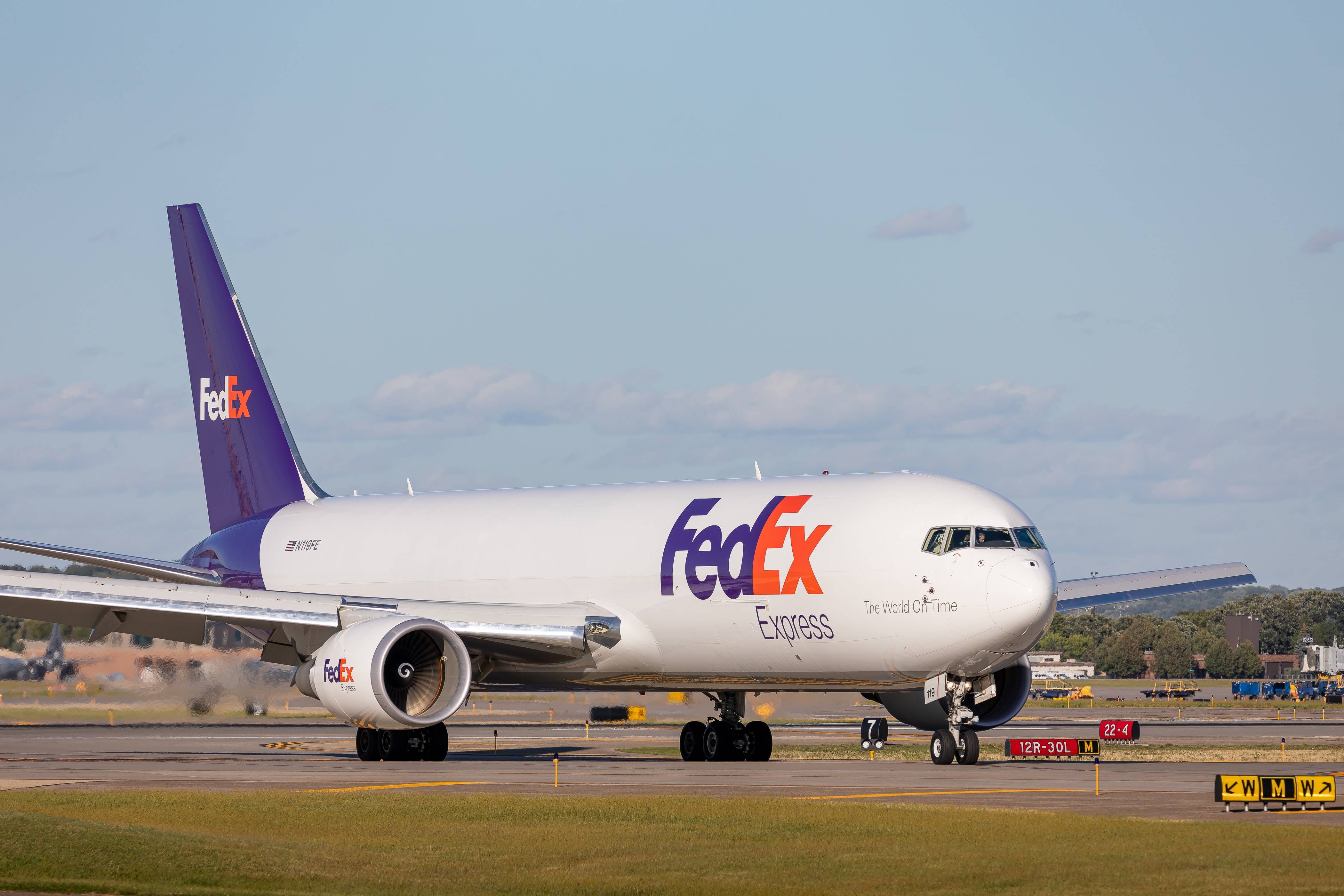
Precautions for Air Freight of Clothing to Canada
- Time of issue:2025-07-29
Precautions for Air Freight of Clothing to Canada
- Time of issue:2025-07-29
When shipping clothing via air freight to Canada, there are several precautions that need to be taken into account to ensure the safe and efficient delivery of your goods. Air freight is a fast and reliable method of transportation, but it also involves various regulations, logistics considerations, and proper packaging procedures to prevent damage, ensure compliance, and avoid delays. Here’s a comprehensive guide on the precautions to consider when sending clothing to Canada by air.

1. Understanding Import Regulations
Canada has strict import regulations for clothing, which vary depending on the type of garment, fabric, and country of origin. Before shipping, it’s essential to understand the customs duties and taxes that may apply to your goods. The Canadian Border Services Agency (CBSA) requires that all goods entering the country, including clothing, be declared with the proper documentation.
You’ll need to provide:
- An accurate description of the items
- The Harmonized System (HS) code for each item
- An invoice with the value of the goods
- Any necessary certificates for textiles or garments that may be subject to additional requirements.
Failure to adhere to these regulations can lead to delays, fines, or even the return of your shipment. Be sure to research the specific customs requirements for the type of clothing you are shipping, as regulations can differ for new versus used clothing, and for certain textiles like wool or fur.
2. Proper Packaging to Prevent Damage
When sending clothing via air freight, packaging is crucial. Clothing items are susceptible to damage during transit due to shifts in temperature, humidity, or rough handling. To avoid such risks, ensure the following packaging practices:
- Use sturdy packaging materials: Clothing should be packed in strong, high-quality boxes or garment bags to prevent crushing or folding that could damage delicate fabrics.
- Vacuum-seal items where possible: Vacuum sealing reduces the volume of the clothing and protects it from moisture. It also minimizes the risk of garments becoming wrinkled or stained during transit.
- Avoid overpacking: Ensure that boxes are not packed too tightly, as this can cause the clothing to become compressed and misshapen.
- Use moisture-absorbing materials: To protect clothing from humidity, include moisture-absorbing packets inside the packaging. These help prevent mold, mildew, or odors from developing, especially when shipping items from regions with high humidity.
3. Temperature Sensitivity
Clothing can be sensitive to extreme temperatures. Air freight shipments are often exposed to varying temperatures depending on the route and time of year. To protect your clothing from potential damage caused by heat or cold:
- Choose the appropriate shipping route: Ensure that the airline and the shipping route are suitable for transporting temperature-sensitive items. Some airlines offer climate-controlled options for sensitive goods.
- Label items as temperature-sensitive: Clearly mark your packages as temperature-sensitive to alert handling staff that special care is required.
4. Labeling and Documentation
Proper labeling is essential for the smooth handling of your shipment. Incorrect or missing labels can result in delays or customs clearance issues. Include the following on all shipments:
- Clear item descriptions: The customs authorities will need to know the contents of each package.
- Consignment notes: Include airway bills and consignment notes that specify the shipment details, including origin, destination, and shipping instructions.
- Country of origin labels: Some countries require garments to be labeled with their country of origin to comply with trade agreements or tariffs.
- Handling instructions: If necessary, include handling instructions on the packaging, particularly if the garments are delicate or require special care.
5. Choosing the Right Shipping Provider
Selecting a reliable and experienced air freight service provider is critical for ensuring timely and safe delivery. When choosing a provider, consider:
- Reputation and reliability: Look for an experienced provider with a good track record of delivering goods internationally, particularly to Canada.
- Customs brokerage services: Some air freight companies offer customs brokerage services, which can simplify the customs clearance process and help ensure compliance with Canadian regulations.
- Tracking and support: Ensure that the provider offers tracking services so you can monitor the progress of your shipment. Additionally, having access to customer support can help resolve any issues quickly.
6. Insurance for Protection
While air freight is generally reliable, accidents can still occur. It's essential to invest in cargo insurance to protect your clothing shipment against potential damage, loss, or theft during transit. Insurance coverage will give you peace of mind and financial protection in case of unexpected circumstances.
7. Shipping Costs and Delivery Times
Air freight offers speed, but it can also be more expensive than other shipping methods. Keep this in mind when calculating your shipping costs. Costs are typically determined by the weight, dimensions, and nature of the clothing being shipped. Additionally, customs duties and taxes should be factored into the overall shipping expense.
Delivery times for air freight to Canada can vary, but they are generally faster compared to sea freight. Ensure that you have a clear understanding of the estimated delivery timeline so that you can plan your logistics accordingly.
8. Final Checks Before Shipping
Before sending your clothing to Canada, double-check all the details to avoid errors:
- Ensure all required documents are complete and accurate.
- Confirm the correct packaging materials are used.
- Double-check the shipping labels for accuracy.
By taking these precautions, you can help ensure that your clothing arrives in Canada on time, undamaged, and in full compliance with all import regulations.
Conclusion
Air freight is an excellent option for shipping clothing to Canada, but it requires careful planning and attention to detail. By understanding the import regulations, ensuring proper packaging, and choosing the right shipping provider, you can minimize risks and ensure that your shipment arrives safely. Taking the time to follow these steps will ensure a smoother shipping experience, with fewer delays or complications along the way.
ADDRESS: 101 Qinghui International, No. 160 Qisha Ferry Road, Shatian Town, Dongguan City, Guangdong Province
CONTACT NUMBER: 13620081619 / 18680404400
CONTACT PERSON: Shelly / Alan
E-mail: shelly@qhgj56.com
alan@qhgj56.com
Copyright © 2025 QH INTERNATIONAL LOGISTICS LIMITED

